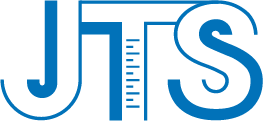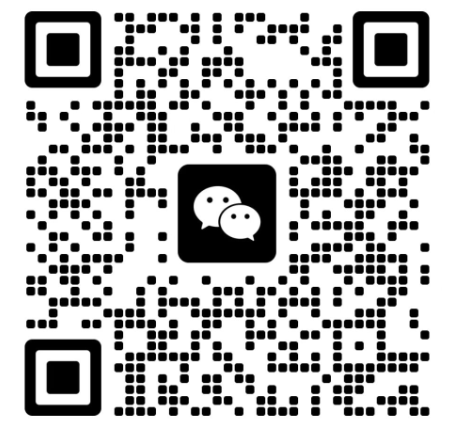HOUSEHOLD PRODUCTSProduct
Your Location:Home > HOUSEHOLD PRODUCTSGB 28481-2012 "Limit of Harmful Substances in Plastic Furniture" is a mandatory national standard in China that controls the content of harmful substances in plastic furniture. It provides clear technical basis for the production and quality inspection of plastic furniture, aiming to protect consumer health.
1. Scope of Application
GB 28481-2012 applies to various types of plastic furniture products used indoors, outdoors, and in public places. The standard defines "plastic furniture" as furniture made entirely of plastic materials, or furniture whose frame or main components are primarily composed of plastic sheets, pipes, profiles, etc.
It is important to note that this standard does not specifically apply to children's furniture, which is subject to its own more stringent specific standards (e.g., GB 28007-2011 "General Technical Conditions for Children's Furniture").
2. Limit Requirements for Harmful Substances
The standard sets maximum limits for various harmful substances that may be present in plastic furniture. The main restricted substances and their limits are summarized in the table below:
| Category of Harmful Substance | Specific Substance | Limit Requirement | Remarks |
| Phthalate Plasticizers | DBP, BBP, DEHP, DNOP, DINP, DIDP | Each ≤ 0.1% | Mainly used in PVC, etc.; endocrine disruptors. |
| Soluble Heavy Metals | Lead (Pb) | ≤ 90 mg/kg | From stabilizers, colorants, etc.; chronic poisoning risk. |
| Cadmium (Cd) | ≤ 75 mg/kg | / | |
| Chromium (Cr) | ≤ 60 mg/kg | / | |
| Mercury (Hg) | ≤ 60 mg/kg | / | |
| Polycyclic Aromatic Hydrocarbons (PAHs) | Benzo[a]pyrene | ≤ 1.0 mg/kg | Strong carcinogen, teratogen, mutagen. |
| Sum of 16 PAHs | ≤ 10.0 mg/kg | / | |
| Brominated Flame Retardants | Polybrominated Biphenyls (PBBs) | ≤ 1000 mg/kg | Applicable only to plastic furniture for public places AND furniture declared to have flame-retardant properties. |
| Polybrominated Diphenyl Ethers (PBDEs) | ≤ 1000 mg/kg | / |
•Test Methods:
•Phthalate content: Refer to GB/T 22048-2008.
•Polycyclic Aromatic Hydrocarbons (PAHs): Refer to SN/T 1877.2-2007.
•Polybrominated Biphenyls (PBBs) and Polybrominated Diphenyl Ethers (PBDEs): Refer to SN/T 2005.2-2005.
•Inspection Rules: Include type testing and routine (factory) inspection.
•Type Testing should be conducted at least once a year under normal production conditions.
•Type testing must also be performed when: a new product is finalized, production is moved to a different location, there are significant changes in formulation/process/raw materials, or production resumes after a prolonged shutdown.
•Judgment Rules: A product is considered compliant only if all test items meet the requirements. If any single item fails, the product is deemed non-compliant. For furniture composed of multiple plastic materials, each material must comply with the standard requirements.
4. Marking and Reporting•Marking: Product marking shall comply with the requirements of GB 5296.6 (Instructions for use of consumer products - Part 6: Furniture) and GB/T 16288 (Marking of plastic products). For plastic furniture intended for public places and furniture declared to have flame-retardant properties, the flame-retardant performance must be indicated on the product marking.
•Test Report: The test report shall include at least the standard number, sample information, testing institution, date, results and conclusions, and a description of any abnormalities during testing.
5. Important Notes•Standard Update: GB 28481-2012 is scheduled to be replaced by the new standard GB 18584-2024.
•Mandatory Clauses: The requirements specified in Chapter 4 of this standard are mandatory, while the rest are recommendatory. This means the limits for harmful substances must be complied with.
•Material Diversity: For furniture made of multiple plastic materials, each individual material must meet the standard's requirements. Sampling and testing may be conducted separately for different materials.
J-Testing is a CNAS, CMA, and CPSIA accredited laboratory, committed to providing global clients with professional third-party testing, consulting services, and cross-border certification assistance.






 Our Service
Our Service
